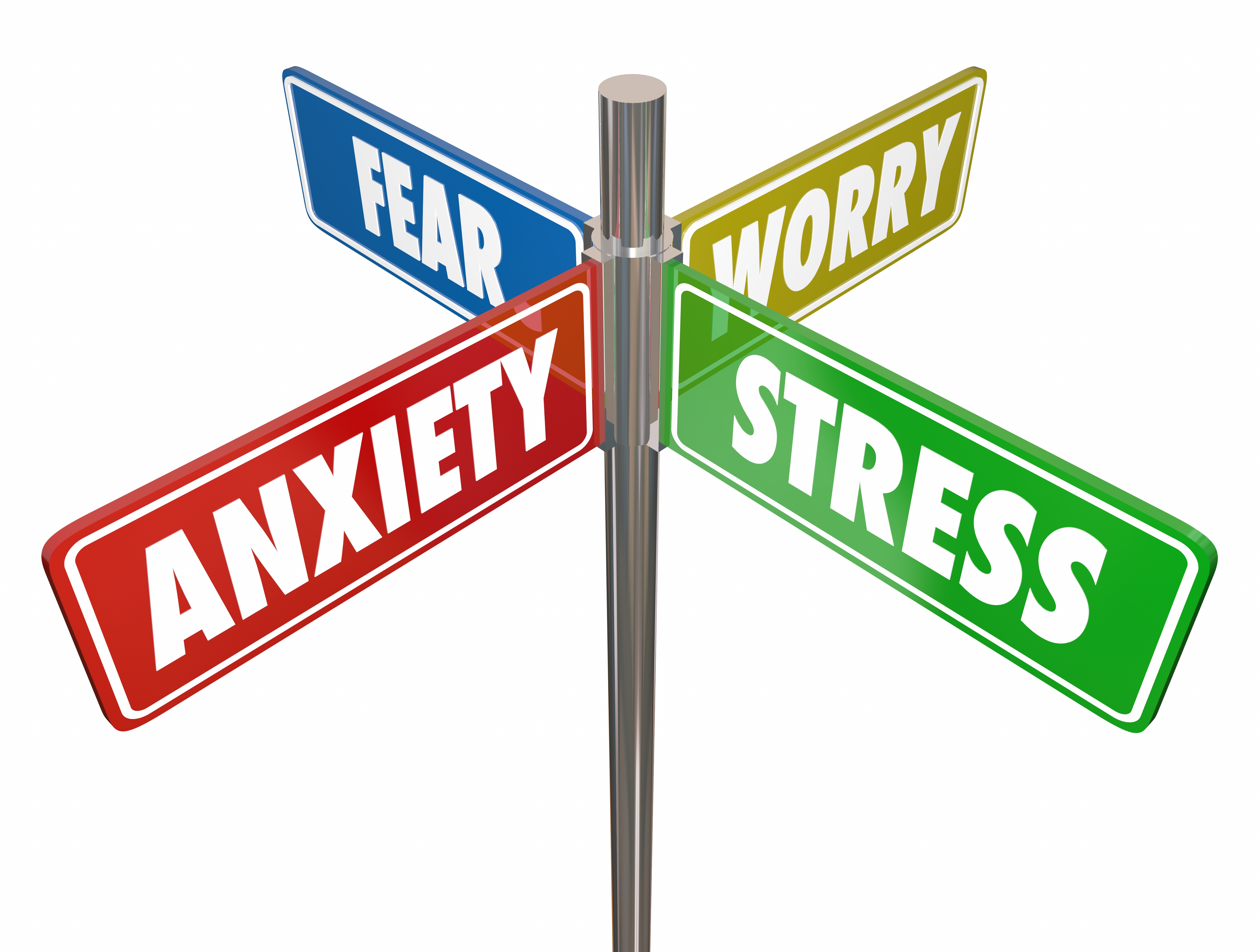
Posted on October 09, 2020
Are you feeling more anxious lately? If so, you’re not alone. As the air cools and the days grow shorter, fall makes itself known. While lower temperatures and colorful foliage may be welcome, the weather also signals an end to outdoor dining and other activities and the prospect of holidays celebrated virtually. Flu season seems more ominous than ever. These concerns, and many more, can add up to heightened anxiety.
Just when life had begun to feel a bit more normal, anxiety comes knocking and you can’t close the door. While it goes against instinct, letting in this unwelcome visitor and getting to know it better is the first step toward building a new relationship with it that will help reduce the intensity, if not the frequency, of its visits.
Anxiety is rooted in fear, the sense of dread we share with all other animals when we face an imminent threat. Fear sets off our fight-or-flight response, which energizes us to deal with the threat. Because this neurological mechanism was key to our survival, it’s hard-wired and we can’t get rid of it. But there’s more to anxiety than fear, and that’s where the opportunity lies.
Unlike other animals, humans turn on the fight-or-flight response for purely psychological reasons. We ruminate about past events that may never recur. We fret about possibilities, even remote ones, that could – but may not – happen. We think (and think and think) about what we fear, and this is worry. The physiological changes brought on by the fight-or-flight response create stress in our bodies. When you put these three things together – fear, worry and stress – you have anxiety. With both the cognitive element of worry and the physiological element of stress, we feel anxiety in both mind and body.
Sometimes anxiety serves us well, as when it motivates us to mask up, social distance and wash our hands. But when it becomes chronic, it can lead to deterioration of both our mental and physical health.
Luckily, our thinking, unlike many aspects of the current situation, is within our control. The starting point is awareness of thoughts and emotions as they occur, not after they’ve taken off like a runaway train. We can gain this awareness by practicing mindfulness.
Mindfulness (or “mindful awareness”) is paying attention to what is happening in the present moment with curiosity but without judgment. In practicing mindfulness, we notice thoughts, feelings and sensations in our minds and bodies just as they are, moment to moment, without judging them good or bad, wanted or unwanted, without trying to alter or get rid of them. In taking this more detached attitude (like seeing through a window something that makes us curious), we relate differently to our thoughts and feelings. We allow them to come and go without prolonging them, as we often do, by attaching to them – “I’m just an anxious person” – or by resisting them – “I don’t want to feel this way!”
Each of us has an innate capacity for mindfulness, but it doesn’t come naturally. Thinking about the past and the future – “mind wandering” – gave us an evolutionary edge. Without the ability to learn from past experiences and plan for future needs, our species would not have survived. But this time traveling serves us less well today because we overuse it.
Since it doesn’t come naturally, developing mindfulness takes practice. Meditation is the most traditional way of practicing mindfulness. An easy way to begin is by using a meditation app. The Headspace app, for one, has meditations specifically for managing anxiety. To learn more before committing to a meditation practice, I recommend a book by Headspace co-founder Andy Puddicombe.
Mindfulness can also be practiced in activities like eating, listening, walking, showering or anything else in your daily routine simply by paying attention to your moment-to-moment experience. This informal mindfulness is important even if you mediate regularly.
In my October 1 post, I explored deep belly breathing, an easy technique even a young child can use to counteract the fight-or-flight response. It offers quick relief from daily stressors and can be used while you’re building mindfulness into a habit. In case you think it’s too late to change your habits, please think again. In an article I contributed in May to BrendaAfterSixty.com, I offer scientific evidence that contradicts the old saying “You can’t teach an old dog new tricks.”
If your anxiety is severe enough to cause significant interference with your normal functioning, I encourage you to seek professional help in addition to engaging in self-help practices.
I look forward to being back next month with Part II: Lifestyle Choices for Reducing Anxiety.